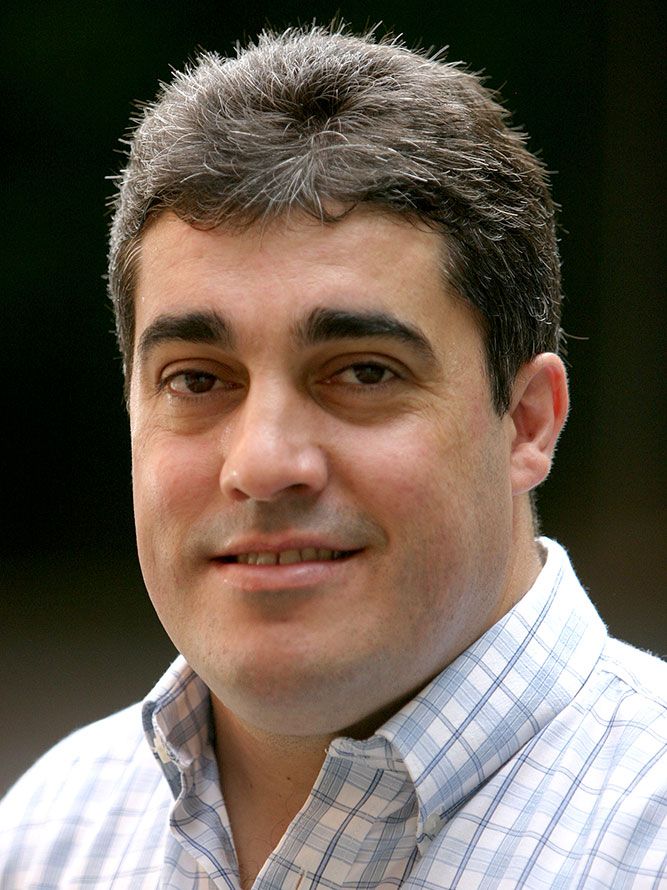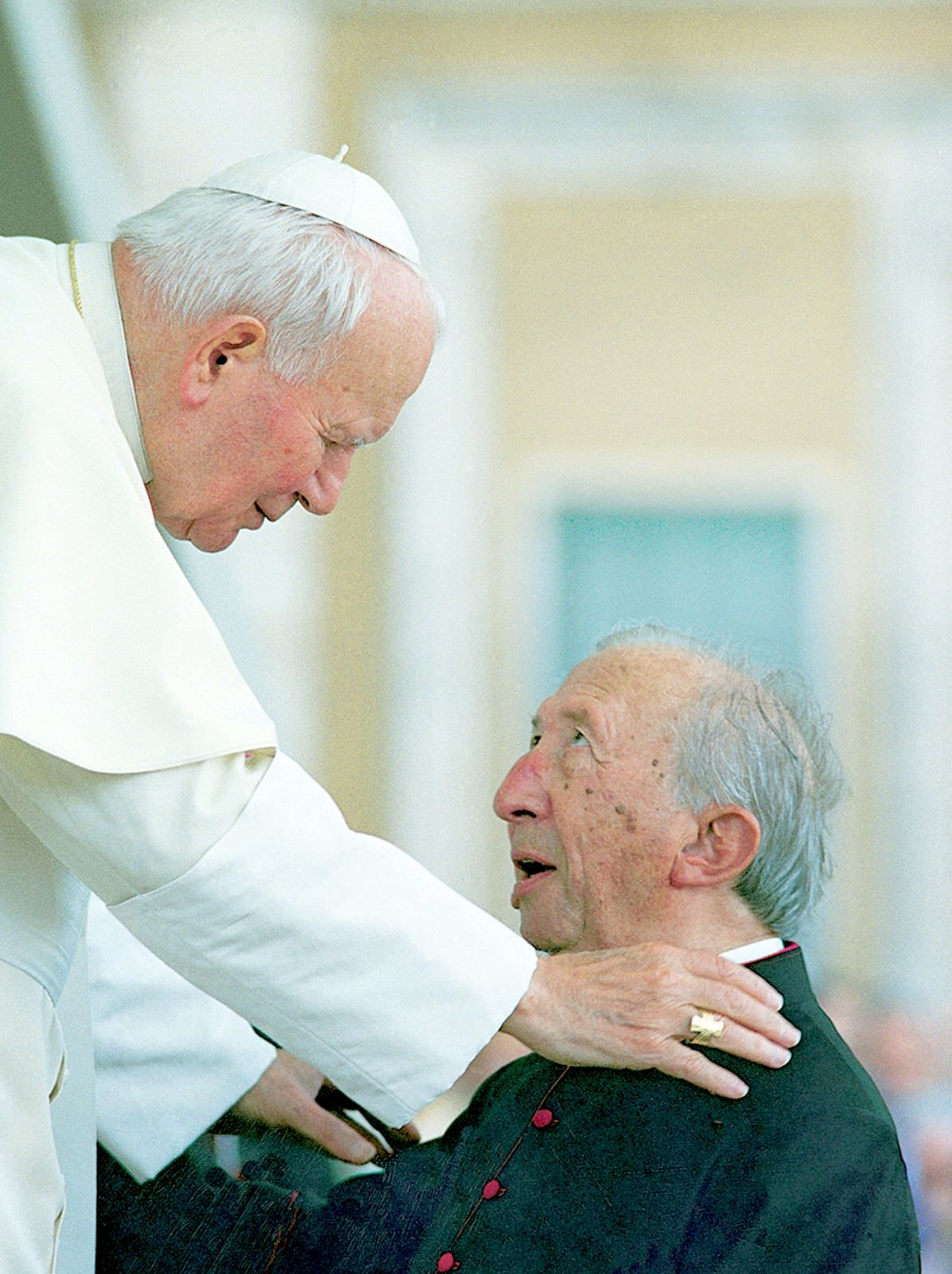

An essential bond
Liturgy and mission, religious rituals and life are held together by an inseparable bond. To break it would render our rituals thoroughly lifeless and our mission, an impossible task.
Browse past isues
Help the mission
Support the mission
Get in touch


Liturgy and mission, religious rituals and life are held together by an inseparable bond. To break it would render our rituals thoroughly lifeless and our mission, an impossible task.


Understanding the connection between worship/liturgy and mission helps one to understand them individually, particularly the meaning of worship in an age of mission.


The recovery of continuity between worship and mission has its impact on how mission is imaged and practiced. The Church’s mission turns into an encounter with the mystery of God and with the Unknown Christ present and active in the world, and her missionary proclamation takes the form of a doxology, of a proclamation of praise.


God’s mission runs through the Church’s liturgy and defines it outwardly by breaking open the ritual onto life.


During his recent trip to Mexico, Pope Francis once again weighed-in on the debate about migrants. While governments are concerned about granting civil and legal status to the migrants, the Holy Father has appealed to all to look at migrants with eyes and hearts of mercy, in the hope of preserving and uplifting their rights and dignity as human beings.


For someone who was born to a wealthy family and rose to fame as an award-winning actor
and filmmaker, Kyaw Thu has a comfortable life anyone in Myanmar would envy. However,
despite his stature, Kyaw Thu lives simply, even using his fortune and popularity to help
poverty-stricken Burmese – whether they’re living or dead.


The liturgy is rich in signs and symbols that can help not only in catechesis and devotion but in attracting non-believers to the Catholic faith. It is in this regard that liturgy can be inculturated to include the familiar, (i.e. ethnic actions, symbols, etc.) without diluting the Christian meaning and message that the liturgical action wants to convey.


This is the incredible adventure of a humble Italian priest who became the founder of one of the largest Catholic movements of renewal in the world: Communion and Liberation. Born in a working class family, Fr. Luigi Giussani (1922-2005), armed with only the experience of the enclosed seminary formation, but with superior intelligence, was God’s instrument to gather the youth in the years of the students’ revolution. Notwithstanding his naïf approach and clownish face, he made them fall in love with the person of Christ, discovered in the warmth of the community. While spending his life mainly in the academy, he witnessed the mushrooming of his movement in the world He also was an intimate friend of popes. At his death, his funeral was a plebiscite.


Chairs represent a role, a vocation that one has to fulfill in his or her earthly life. Throughout salvation history, we have been witness to chairs being vacated and filled, according to God’s plan. One such example is the chair vacated by Judas Iscariot, one of the original Twelve Apostles, which was subsequently occupied by Matthias. Ordinary Christians, like you and me, also have chairs to occupy, no matter what the obstacles may be. Ultimately, our goal is to assume the heavenly chair – the throne – that God has prepared for us because of our fidelity to Him.
